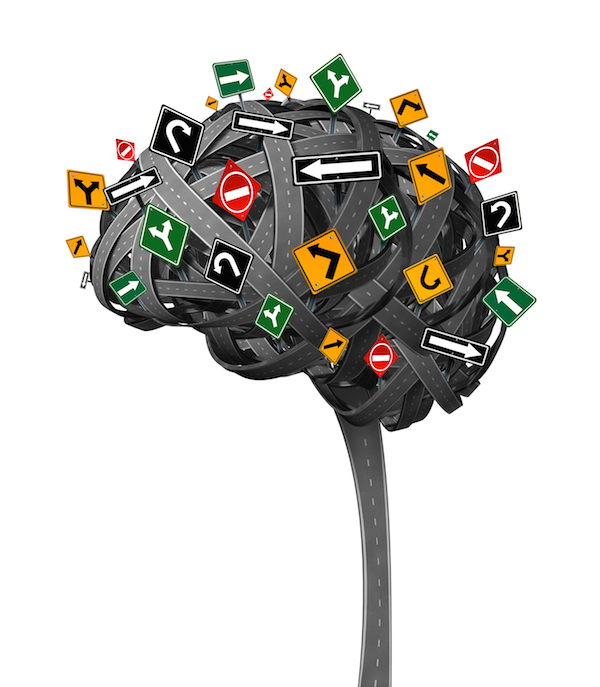
TUESDAY, Aug. 31 (HealthDay News) — Infants born preterm or later than term are at slightly greater risk of developing cerebral palsy, Norwegian researchers report.
It has been known that premature birth is associated with an increased risk of cerebral palsy, but this is one of the first studies that has linked the neurological condition with past-term birth, the researchers noted, although that increased risk is still very small.
“We have to discern between relative risk and absolute risk,” said lead researcher Dr. Dag Moster, a consultant neonatologist at the University of Bergen.
“Even though there are statistical differences in the relative risks, it is important to emphasize that the absolute risk is still very low and the vast majority of children being born some weeks away from 40 weeks will not develop cerebral palsy,” he said.
It would be hasty to recommend intervention on delivery time based on this study because women having a normal delivery outside 40 weeks still face a very small risk that their child will develop cerebral palsy, Moster added.
The report is published in the Sept. 1 issue of the Journal of the American Medical Association.
For the study, Moster’s group looked at the risk of cerebral palsy among 1,682,441 children born from 1967-2001 at 37 through 44 weeks and who had no congenital anomalies (birth defects). The data came from the Medical Birth Registry of Norway, and researchers tracked the children through 2005 by linking to other national data banks.
Among those born past term, 1,938 developed cerebral palsy, the researchers found.
Infants born at 40 weeks had the lowest risk for developing cerebral palsy, compared with those born earlier or later, Moster’s team added.
For infants born at 37 weeks, the risk for cerebral palsy was increased 90 percent. At 38 weeks, the risk dropped to 30 percent. But at 42 weeks and later, the risk for cerebral palsy increased to 40 percent, the researchers found.
These associations were strongest among infants with the gestational ages of 37 weeks and 42 weeks. Adjusting for sex, the mother’s age and socioeconomic factors had little effect on these associations, the researchers note.
However, the biological mechanisms that underlie this association are unclear, Moster said.
“One possible explanation may be that the neonatal brain is especially vulnerable the more the baby is born away from a gestational age of 40 weeks,” he said.
An alternative explanation may be that fetuses prone to develop cerebral palsy have a disturbance in timing of birth, making them more prone to be delivered either early or late, Moster added.
Dr. Diane Ashton, deputy medical director of the March of Dimes, said that “these findings are consistent with what we know about term gestation.”
“Thirty-nine to 40 weeks tends to be the optimum time for delivery,” she said. (The Norwegian researchers said the data suggested that “39-41 weeks [was the] optimum time for delivery.”)
Ashton noted that more research needs to be done in the problems associated with late-term birth.
For cerebral palsy, in many cases, these children are born with smaller heads and at lower birth weights than normal infants, Ashton said.
“There may be some insult that occurs earlier during the pregnancy and, probably, whatever that insult is disrupts the timing for birth and that might be one reason why you see cerebral palsy occurring according to gestational age,” she said.
But if this isn’t the case, then the problems occur at delivery and so 40 weeks is the optimal time to deliver to avoid the risk of cerebral palsy, Ashton added.
More information
For more information on cerebral palsy, visit the U.S. National Institute of Neurological Disorders and Stroke.

